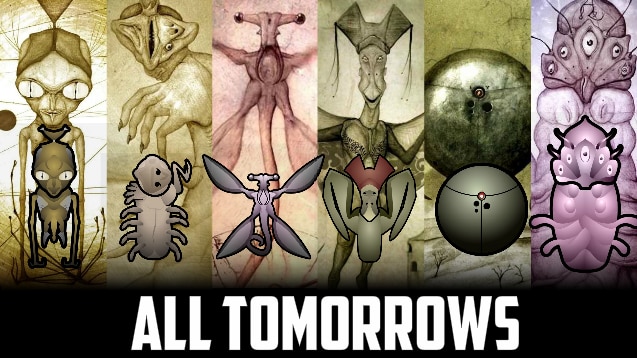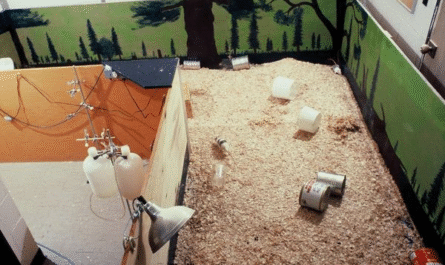Humanity’s Distant Future Reimagined
All Tomorrows is a speculative science-fiction masterpiece that dares to explore the unimaginable future of humankind. Written by C. M. Kosemen, the book blends scientific logic with artistic imagination, unfolding a breathtaking chronicle of evolution, transformation, and survival.
Told through the perspective of a future historian, the story spans millions of years after humanity begins colonizing the stars. It follows our species as it spreads across the galaxy, faces alien civilizations, and undergoes unimaginable biological changes — especially after the encounter with the mysterious and superior alien race known as the Qu. This moment marks the turning point of human destiny.
The Expansion Into the Stars
At first, humanity thrives. Technologically advanced and ambitious, humans colonize countless worlds, adapting to new environments through genetic engineering. Some colonies remain united, while others drift apart, evolving along separate paths. Over time, humans diversify into distinct planetary civilizations, each molded by its surroundings.
Then come the Qu — ancient, godlike beings who conquer humanity and reshape it at will. Seeing humans as mere biological clay, the Qu conduct cruel and surreal experiments that forever alter the course of evolution.
The Qu Experiments – Humanity Transformed
The Qu do not annihilate humanity; instead, they remake it. They twist and redesign human bodies for their own purposes — transforming some into gigantic, slow-moving creatures adapted to high gravity, others into primitive beasts stripped of intellect. Some are reshaped into photosynthetic beings who live by absorbing sunlight.
This era of genetic slavery becomes the darkest chapter in human history. Yet even through horror and degradation, the essence of humanity endures. When the Qu civilization eventually collapses, their abandoned creations — the countless new “humans” — begin to evolve once more, independently.
The Rebirth of Humanity
After the fall of the Qu, the many divergent human species begin to reclaim thought, culture, and creativity. On some worlds, new intelligent societies emerge. On others, humanity remains bound to nature, surviving as animal forms shaped by their ecosystems.
Across the stars, some lineages rediscover lost technology and knowledge. They even experiment with re-engineering themselves, striving to regain their original form. Over millions of years, one lineage ultimately rises above all — a being known as the Final Man, capable of manipulating matter and reality itself.
This divine phase represents the culmination of evolution — the full circle of human existence, returning to awareness, unity, and creation. Humanity, no matter how fragmented or changed, always finds a way back to its essence.
Themes and Meaning
All Tomorrows is far more than an artistic vision of future humanity. It’s a philosophical allegory about adaptation, endurance, and the timeless question of what it means to be human.
It challenges readers to reflect on:
- Is humanity merely biological, or something deeper?
- Can identity survive total transformation?
- Is evolution random, or guided by a hidden purpose?
Through haunting imagery and bold speculation, Kosemen invites us to ponder whether “being human” is defined by form, mind, or the indestructible spark of consciousness.
Why You Should Read It
- Original concept – A visionary synthesis of science and imagination.
- Stunning illustrations – Every new human form is visualized with haunting beauty.
- Philosophical depth – Raises timeless questions about identity and evolution.
- Cosmic scale – Humanity viewed not as individuals, but as a grand evolutionary phenomenon.
If you are fascinated by futurism, speculative evolution, and existential reflection, All Tomorrows is a book you won’t forget — a mirror reflecting both our origins and our infinite possibilities.



